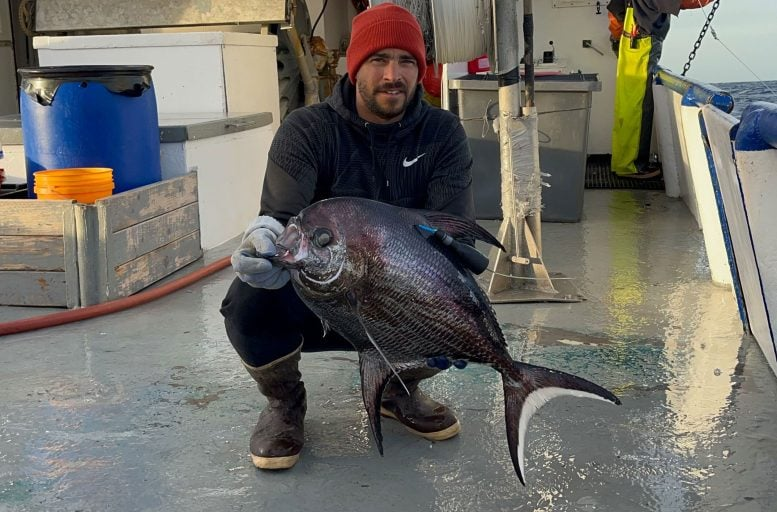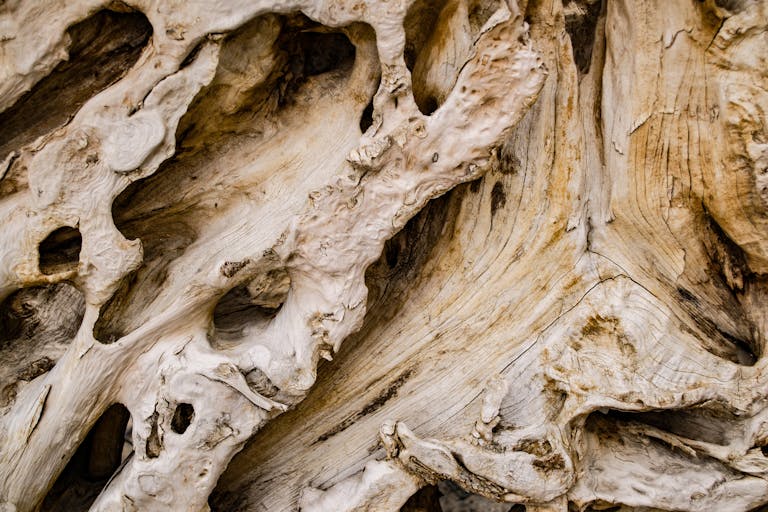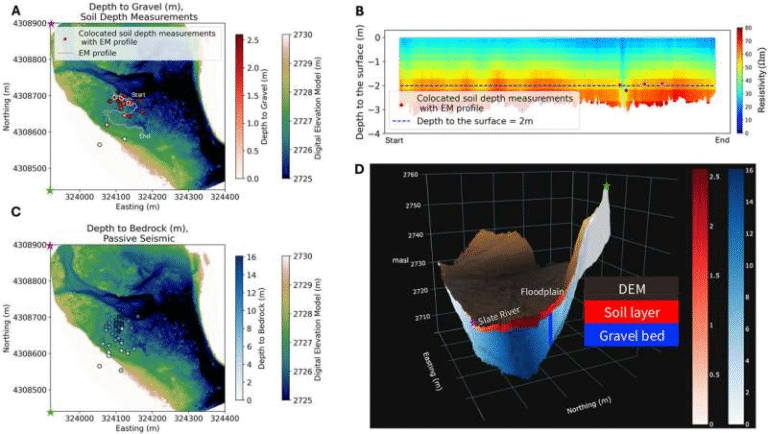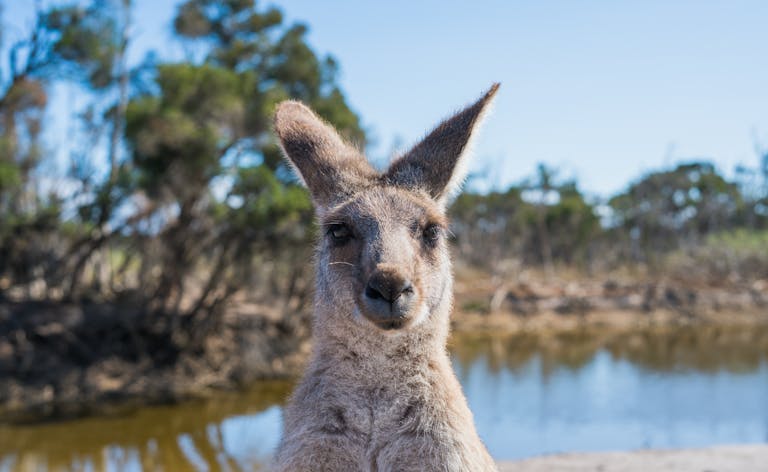Bigscale Pomfret: Scientists Unlock Secrets of a Mysterious Ocean Dweller

The ocean holds countless secrets, and one of its more elusive creatures—the bigscale pomfret—is finally revealing some of its mysteries. Researchers from the Woods Hole Oceanographic Institution (WHOI) recently carried out one of the most detailed investigations into this mid-sized predator, uncovering how it moves, where it lives, and why it matters so much to ocean ecosystems. Their study, published in Marine Ecology Progress Series on September 18, 2025, highlights the pomfret’s critical role in linking the deep sea to surface waters.
Why the Bigscale Pomfret Matters
For a long time, scientists had little idea about how bigscale pomfret behaved in the wild. This lack of information made it hard to understand its ecological role. Most deep-sea research focuses on very small organisms or giant predators like sharks and swordfish. But species in the middle—like the pomfret—are often overlooked, even though they could be the “missing puzzle pieces” in food-web studies.
The new research makes it clear: pomfret are not just another mysterious fish. They are permanent residents of the mesopelagic zone, a layer of the ocean found between 200 and 1,000 meters deep. This region is sometimes called the twilight zone because sunlight barely penetrates it. Despite its obscurity, the twilight zone contains more living biomass than any other part of the ocean.
But here’s the puzzle: much of that biomass is made up of tiny creatures, far too small to sustain large predators. So why do big sharks and other top predators spend so much time down there? That’s where the pomfret comes in.
Tracking the Elusive Fish
To uncover answers, the research team used satellite-based tracking tags, a method rarely applied to deep-sea fish before. These tags recorded the pomfret’s movements after being carefully attached and released back into the ocean. This innovative step was possible thanks to collaboration between WHOI scientists and a commercial longline fisherman, Captain Danny Mears, whose crew helped secure enough specimens for tagging.
The tracking data revealed something striking: the bigscale pomfret follow diel vertical migration patterns. This means they spend daylight hours in deeper, darker waters and rise to shallower depths at night to feed. It’s a survival strategy shared by many mesopelagic creatures, allowing them to avoid daytime predators while still gaining access to nighttime feeding opportunities.
This finding alone is important because it confirms that pomfret are actively linking the surface waters and the deep ocean. By moving up and down daily, they serve as connectors between two distinct habitats that are usually studied separately.
Influence of Water Clarity
The study went even further by examining how environmental factors, such as water clarity, affect pomfret behavior. When pomfret moved from the Slope Sea (a region off the U.S. East Coast) into the clearer waters of the Sargasso Sea, researchers noticed a significant change.
In clearer water, pomfret adjusted the depths they occupied, which in turn influenced what prey they hunted and how vulnerable they were to predators like sharks. This shows that clarity in the water column isn’t just about visibility—it directly impacts predator-prey dynamics and the structure of marine food webs.
The Role of Mesopelagic Fish
This study reinforces the idea that mid-level species in the mesopelagic zone play an essential ecological role. They act as intermediaries, transferring energy from tiny plankton and micronekton up to larger predators like tuna, swordfish, and sharks. Without them, ocean food webs would look very different.
Scientists often describe the mesopelagic as a “giant buffet” for large predators. But the truth is, the buffet isn’t made up only of tiny plankton—it’s these intermediate species like pomfret that make the deep-sea ecosystem function smoothly. Ignoring them is like trying to understand a machine without knowing how the gears in the middle work.
Background: What Is the Mesopelagic Zone?
To better understand why these findings matter, it helps to know more about the mesopelagic zone itself.
- Depth: Roughly 200–1,000 meters below the surface.
- Light: Known as the twilight zone because there is still some light, but it’s too dim for photosynthesis.
- Biomass: Contains more living organisms than any other part of the ocean, much of it made up of small, migratory creatures.
- Migration: Many organisms here perform diel vertical migration, the largest synchronized movement of animals on Earth. Billions of fish, squid, and plankton rise to the surface at night and descend again by day.
For decades, scientists have studied small plankton and large apex predators. But the fish in the middle, like pomfret, remain relatively mysterious due to the difficulty of observing them. This new study begins to close that knowledge gap.
Collaboration Between Scientists and Fishers
One of the more unique aspects of the study is the collaboration between WHOI researchers and a commercial fisherman. Deep-sea research often faces the challenge of limited access to species. The pomfret are rare enough that scientists would have struggled to capture and tag sufficient numbers during short research cruises.
By working with Captain Danny Mears and his crew, the team was able to tag enough fish to gather meaningful data. This partnership shows how scientific progress often depends on collaboration across different communities, in this case blending academic expertise with the experience of those who work daily on the ocean.
Authors and Affiliations
The study was led by Martin C. Arostegui, a research associate at WHOI. Other co-authors include Danny Mears, Peter Gaube, and Camrin D. Braun. Braun, a biologist and the senior author, leads WHOI’s Marine Predators Group, which investigates the movement and ecology of marine predators around the world.
Broader Implications
This research has implications beyond pure scientific curiosity. Understanding the behavior of mid-level mesopelagic fish is important for:
- Food web models: Without these species, models of how energy moves through the ocean are incomplete.
- Carbon cycling: Vertical migration by species like pomfret helps transfer carbon from the surface to deeper waters, an important part of the global carbon cycle.
- Fisheries management: The study mentions “fishery susceptibility,” meaning pomfret may be at risk from certain fishing practices. If their role in the food web is critical, overfishing or incidental capture could have ripple effects across the ecosystem.
- Climate change impacts: Factors like water clarity, ocean stratification, and warming could shift migration behaviors, altering how energy and carbon flow through the ocean.
What Else Do We Know About Pomfrets?
The bigscale pomfret belongs to the family Bramidae, which includes several species of pomfret found across the world’s oceans. Some background:
- They are generally mid-sized fish, larger than the plankton and micronekton that dominate the mesopelagic but smaller than apex predators.
- They are known for their deep bodies and large scales (hence the name bigscale).
- Pomfret species are often encountered incidentally in longline fisheries targeting tuna and swordfish.
- Unlike surface-dwelling fish such as tuna, pomfret are more closely tied to deep waters, making them harder to study and less visible to fisheries research.
While not as commercially important as tuna or mackerel, pomfret may have outsized ecological importance as connectors in the food web.
The Mesopelagic as the Ocean’s “Middle Layer”
The idea of mid-level species being overlooked is not unique to the pomfret. Many mesopelagic fish remain poorly studied due to technical and logistical challenges. Yet they are central to the functioning of ocean ecosystems.
Large predators like sharks and swordfish can’t survive on tiny plankton alone. They rely on these intermediate predators to transfer energy up the chain. This makes the mesopelagic zone one of the most critical and dynamic layers of the ocean, especially in the context of climate change and human impacts.
Looking Ahead
The study on the bigscale pomfret highlights how much remains unknown about the deep ocean. It also shows how new tools like satellite tracking can help uncover behaviors that were once impossible to study.
Future research will likely focus on:
- Tracking larger numbers of individuals to see if behaviors vary across regions or seasons.
- Studying how changing ocean conditions (warming, reduced clarity, shifting currents) affect migration.
- Investigating how fisheries interact with pomfret and whether management is needed to protect their role in ecosystems.
Final Thoughts
The bigscale pomfret is more than just an ocean curiosity. It’s a vital player in the twilight zone, connecting surface waters to the deep sea and shaping food webs in ways we are only beginning to understand. Studies like this remind us that the ocean is full of hidden links—and that even mid-sized, overlooked species can hold the keys to big ecological questions.





